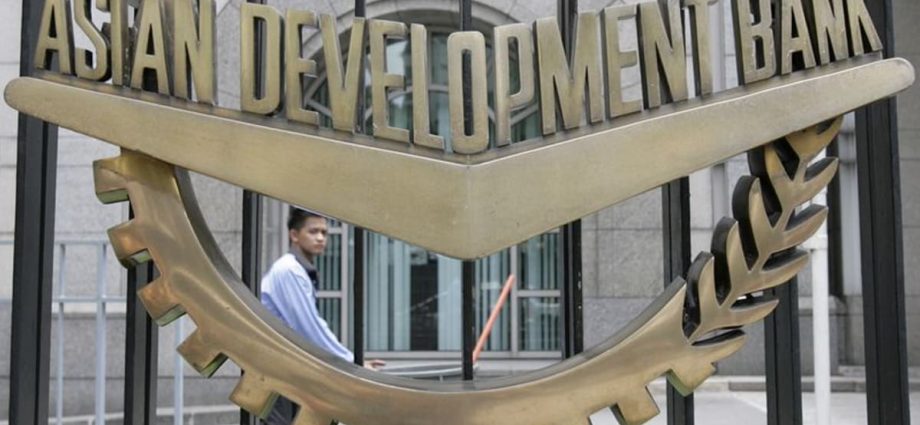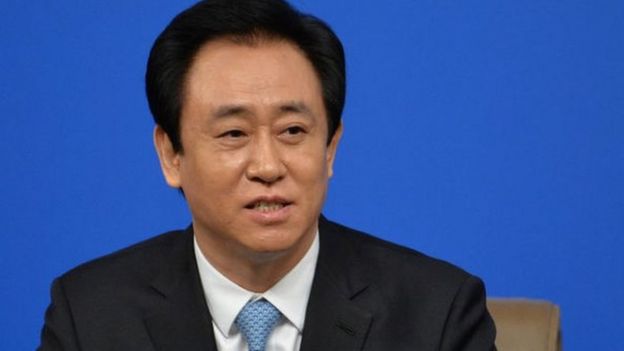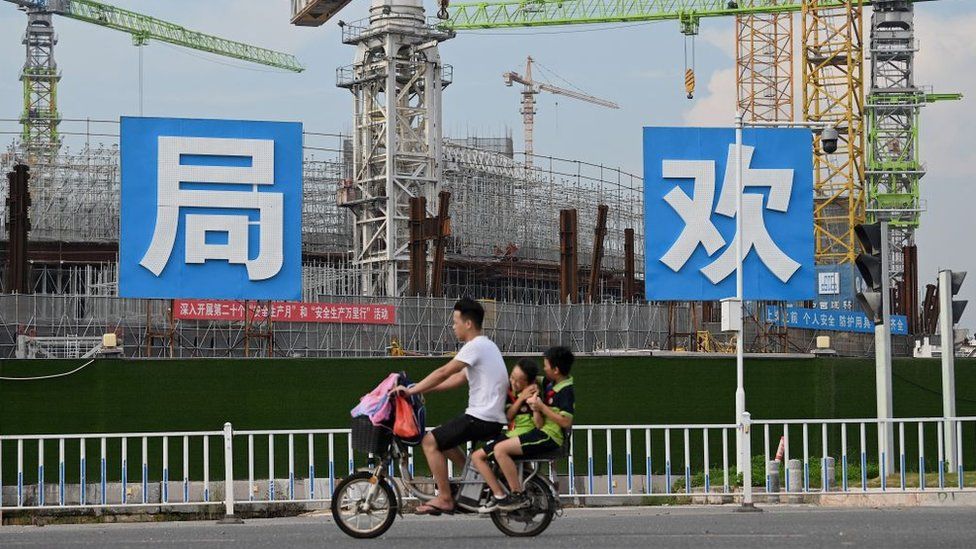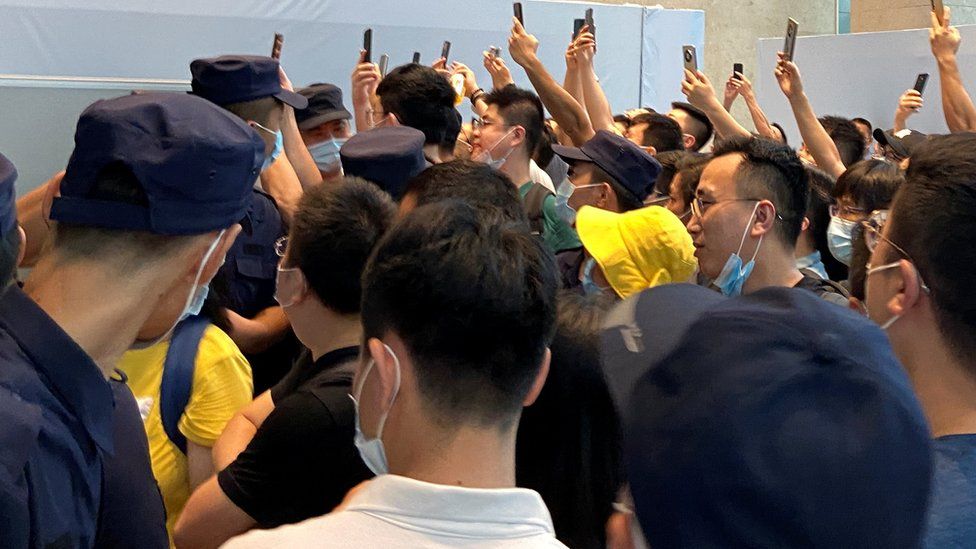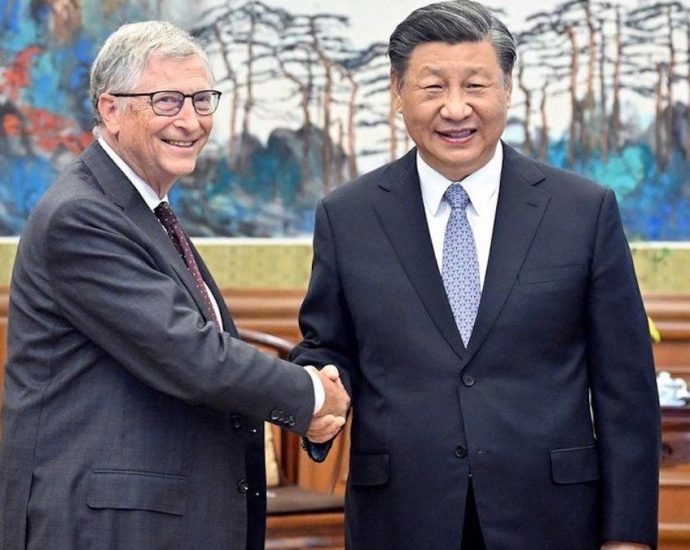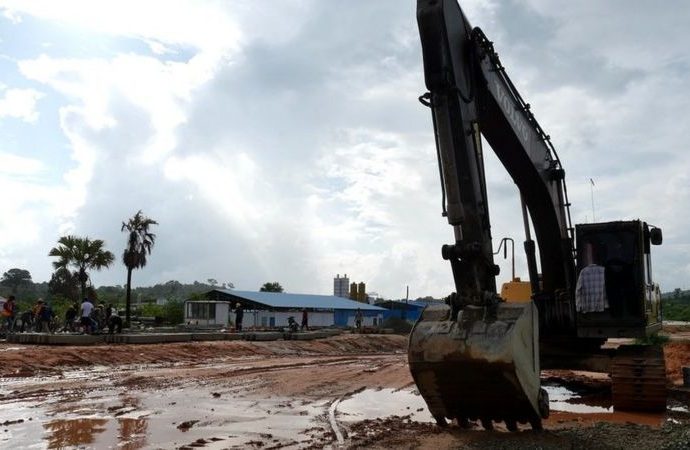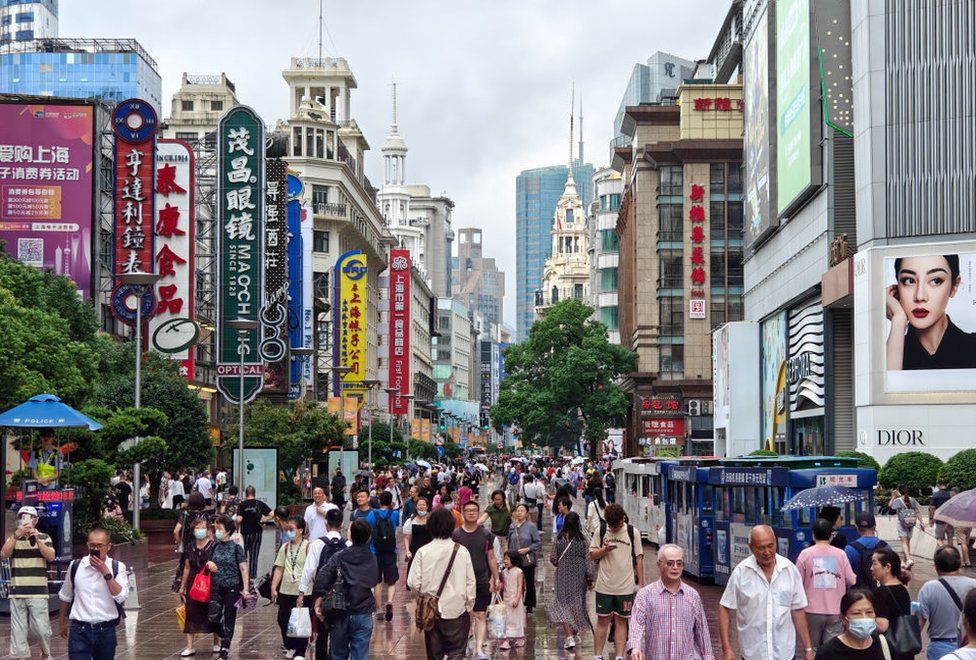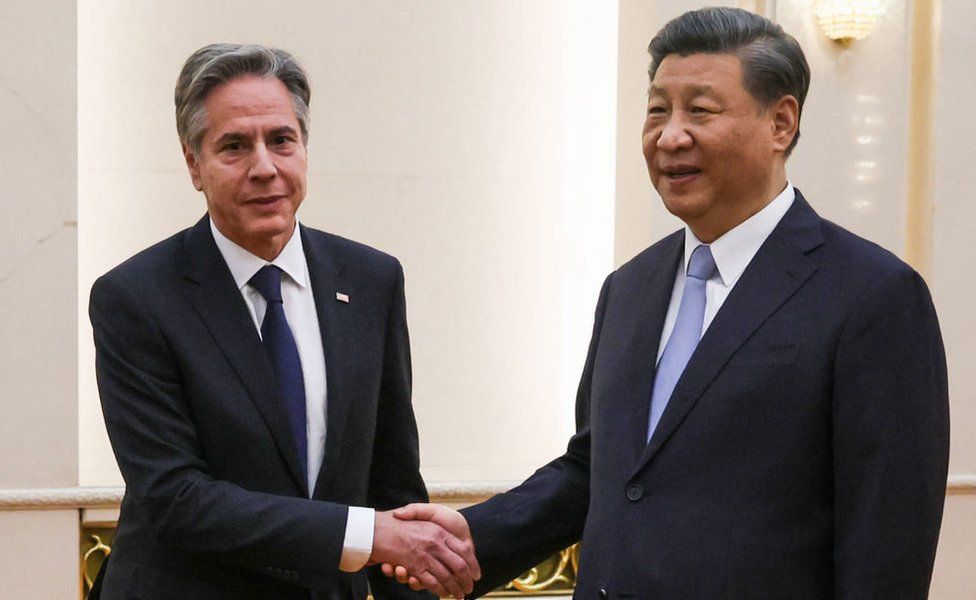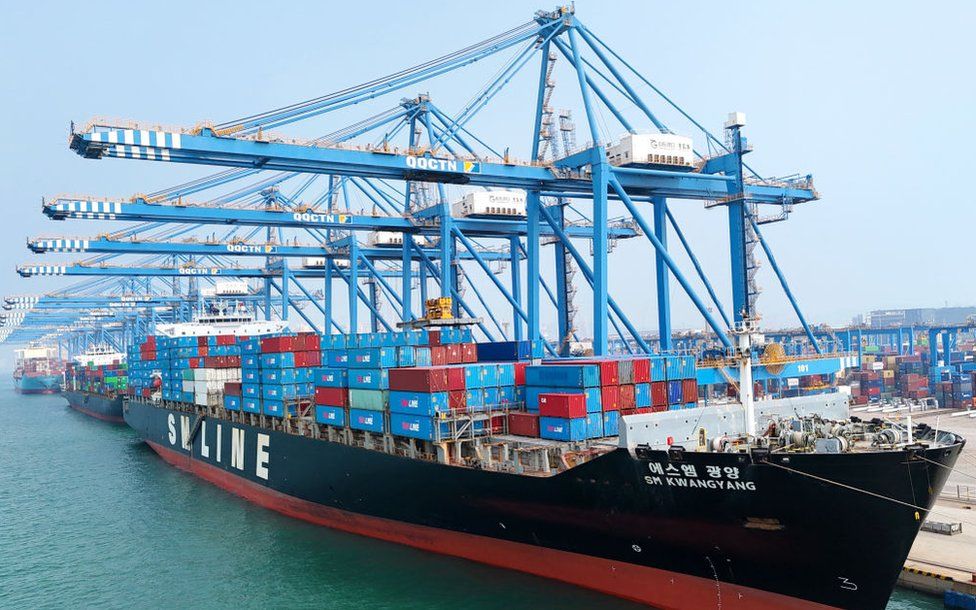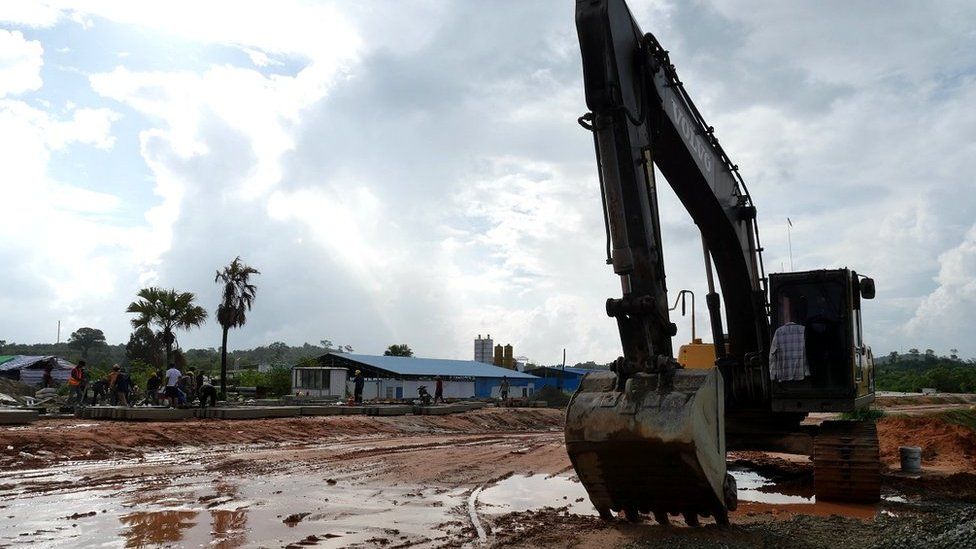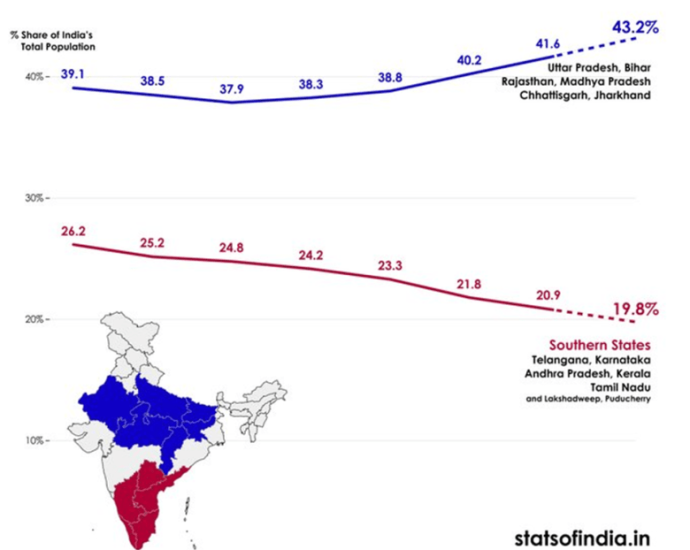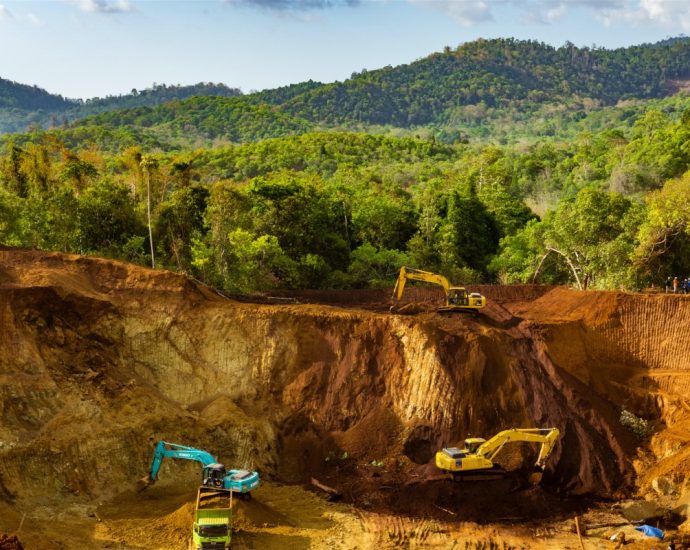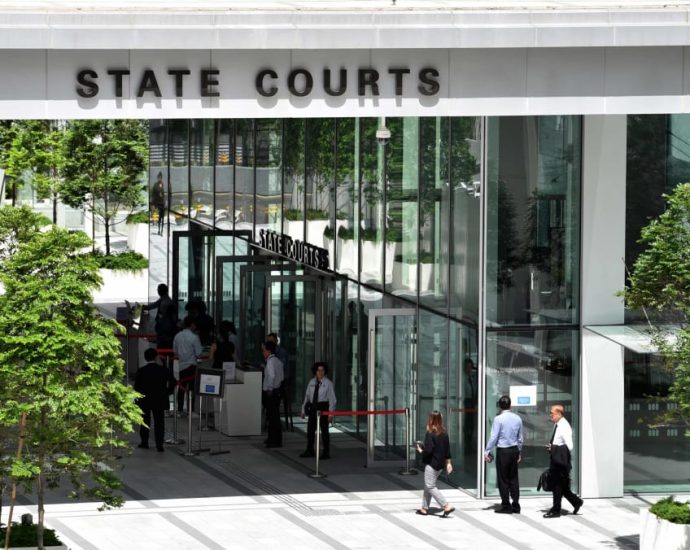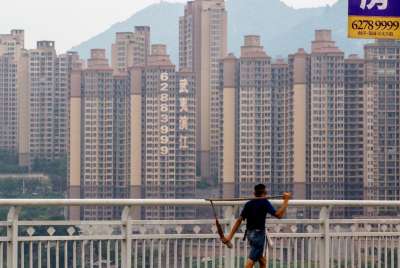Private sector crucial in the battle against climate change: ADB special advisor

Many of the world’s poorest countries are the least responsible for climate issues, but are bearing the brunt of the crisis. They are struggling to cope with natural disasters devastating infrastructure and livelihoods, and extreme temperatures affecting livestock and crops.
“Most of our developing member countries contribute virtually nothing to the climate problem. They are low emitters, per capita and national. However, they’re feeling the impacts,” he said.
“Helping them to move towards net zero is not about their commitment to low carbon but rather, energy security and better air quality in their cities.”
Where governments may have failed to act, Mr Evans is, however, optimistic about increasing interest from the private sector on investing in sustainable developments, green initiatives and climate-friendly adaptations.
“My optimism is not based on what governments are doing, but rather, based on what the private sector is doing,” he said.
“The interest of the private sector in working with us and with other multilateral development banks, to use the sovereign funding and the public sector money that we have, to help enable them to invest in climate actions, is making tremendous progress right now.”
ASIA PACIFIC PLAYS CENTRAL ROLE
The ADB has said the battle against climate change will be won or lost in Asia Pacific.
The region is home to 60 per cent of the global population – some 4.3 billion people, and includes the world’s top two most populous countries India and China.
It has five of the 10 largest emitters in the world – China, India, Indonesia, Japan, and South Korea – and accounts for about 45 per cent of global greenhouse gas emissions.
Asia Pacific is also where 40 per cent of the world’s climate-related disasters have happened since the start of the century, with increasing frequency and intensity.
Hence, the region plays a central role in global climate efforts.
The ADB said the battle against climate change will be costly, with an estimated US$1.7 trillion needed every year to invest in infrastructure in the region.
FUNDING PLAN TO COMBAT CLIMATE CHANGE
The bank recently launched a new funding programme to support lending efforts that help the region reduce greenhouse gas emissions and build infrastructure resilient to the impact of climate change.
Known as the Innovative Finance Facility for Climate in Asia and the Pacific (IF-CAP), wealthier nations such as the United States, United Kingdom, Denmark, Sweden, Japan and South Korea will guarantee some loans and shoulder losses in cases of default.
The initial target is US$3 billion in guarantees. The bank believes this will help to generate five times as much – some US$15 billion – in new climate loans.
“The IF-Cap works by taking guarantees from donor countries and using that to essentially carve out part of our existing sovereign portfolio. These are existing loans that developing countries take with ADB that have sovereign guarantees. We have a very, very low risk of default for these kinds of loans,” said Mr Evans.
The plan will support projects that address mitigation with a focus on reducing greenhouse gas emissions, and adaptation with an aim to build resilience against the impacts of climate change.
The bank said these investments could cover a wide range of sectors, such as transportation, energy, urban, and agriculture.
While the lender has made progress in multiple areas including increasing resilience to flooding, cooling efforts in cities with high temperatures, rehabilitating wetlands, promoting renewable energy including wind and solar, more needs to be done, said Mr Evans.
“We have in both the urban sector and rural sector, a number of initiatives that are paying back dividends now, in terms of building resilience. We have many success stories, but we’re not at the scale we need to be. We need to bring this all together and scale it up,” he said.
“The risks from climate impacts are severe. Every greenhouse gas emission reduced is important. Every household can play a role in that. Not so much in the poorer countries, but in the middle income countries, and in the richer countries, every household needs to play a role in reducing their carbon footprint.”
On Friday, the bank unveiled new capital reforms to boost lending by US$100 billion over the next decade as part of its continued mission to tackle climate change.

